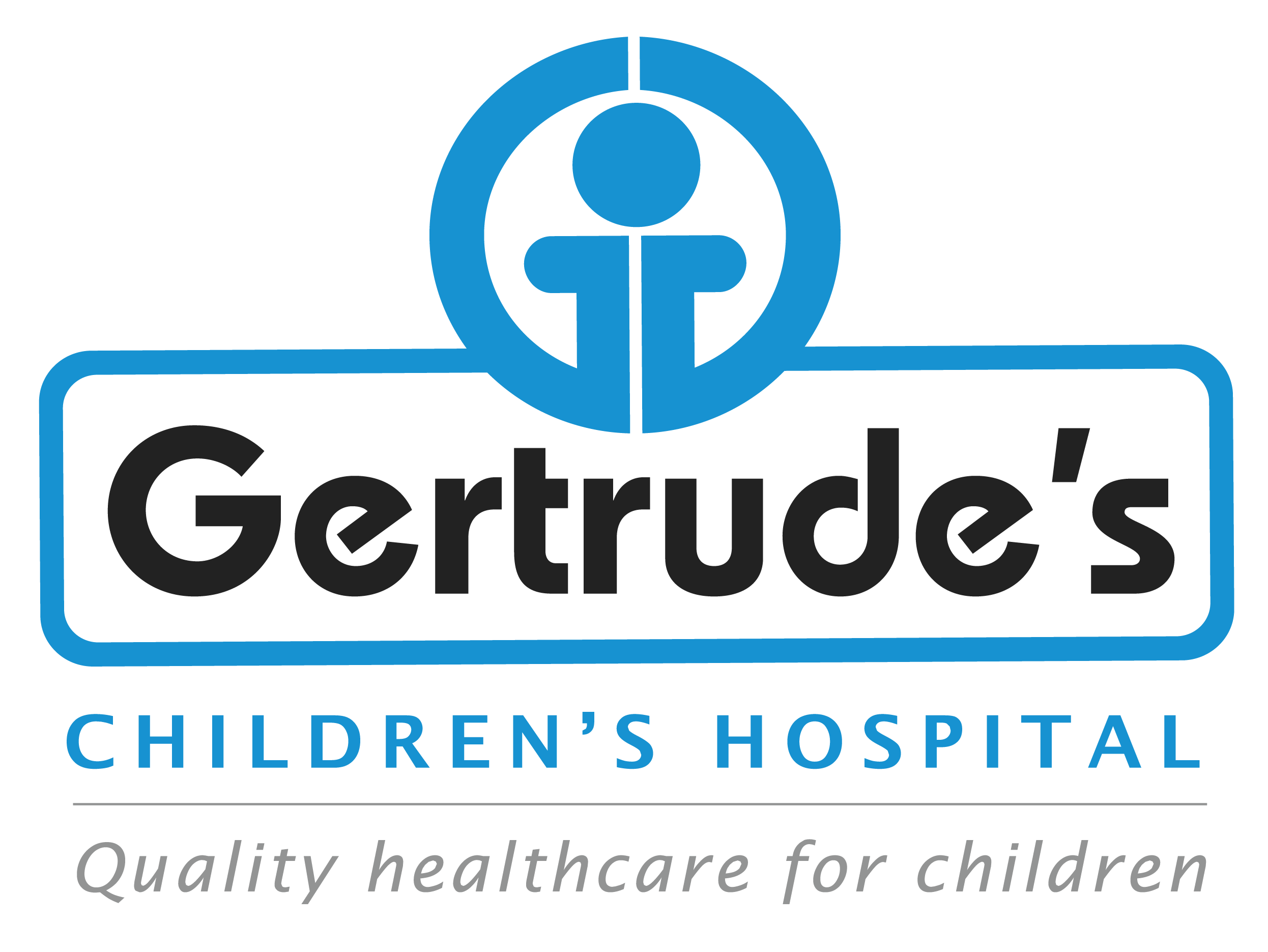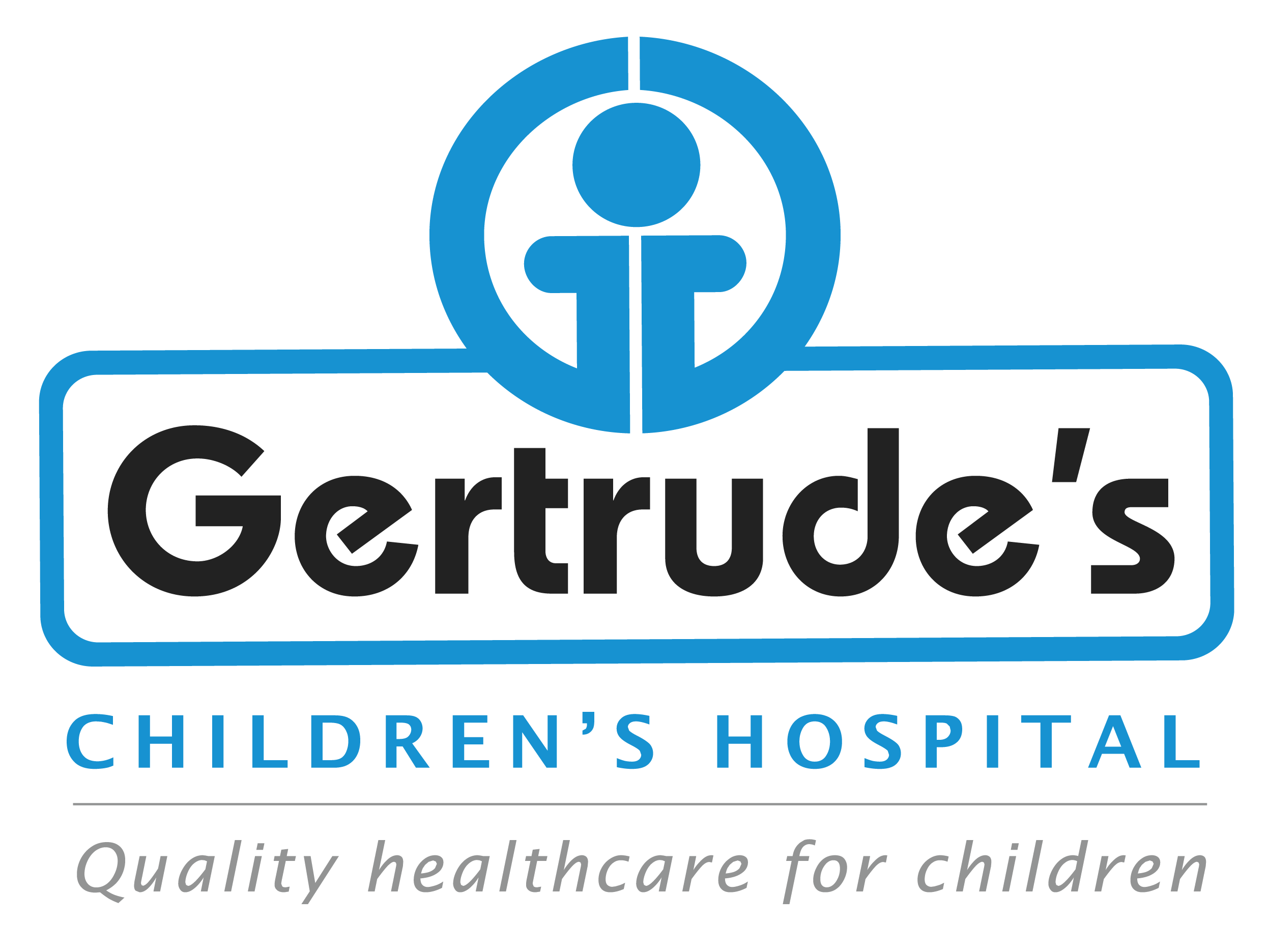Aortic stenosis is a heart condition some children are born with. It affects the aortic valve, which controls how blood flows from the heart to the rest of the body. In this condition, the valve is either too narrow or blocked, making it hard for blood to pass through. This can cause problems with blood flow and oxygen levels in the body. Aortic stenosis needs quick medical attention to help manage symptoms and avoid further issues.
Symptoms
- Trouble breathing or shortness of breath
- Feeling tired or weak
- Pale skin or a bluish tint (called cyanosis)
- Fast or irregular heartbeat
- Swelling in the legs, ankles, or feet
- Poor appetite or not gaining weight properly
Causes
- A family history of heart problems
- Certain genetic conditions, like Turner syndrome
- Exposure to specific medications or substances during pregnancy
Diagnosis
- Do a physical exam and ask about the child’s health history
- Use tests like:
- Echocardiogram: A test that uses sound waves to create pictures of the heart
- Chest X-ray: A picture of the heart and lungs
- Cardiac catheterization: A test that uses a small tube to look at the heart’s blood vessels and chambers
- MRI or CT scan: Tests that take detailed images of the heart and blood vessels
Treatment Options
- Balloon valvuloplasty: A procedure that widens the aortic valve without surgery
- Surgery: To fix or replace the aortic valve
- Medications: To help manage symptoms and prevent complications
- Heart transplant: For very severe cases
Why Choose Us
Expert team
Our pediatric specialists have extensive experience in treating children.
Personalized care
We create treatment plans that fit each child’s unique needs
Support and education
We teach children and families how to care for them and prevent future cases
Advanced treatments
Access to the latest treatments and products
Contact
Please feel free to contact us with any general or medical enquiry by calling us.





